Warsaw City, Poland is the capital and largest city of Poland. It is a city of resilience, history and culture home to a number of world class museums and vast green spaces. Let’s soak in the European city.
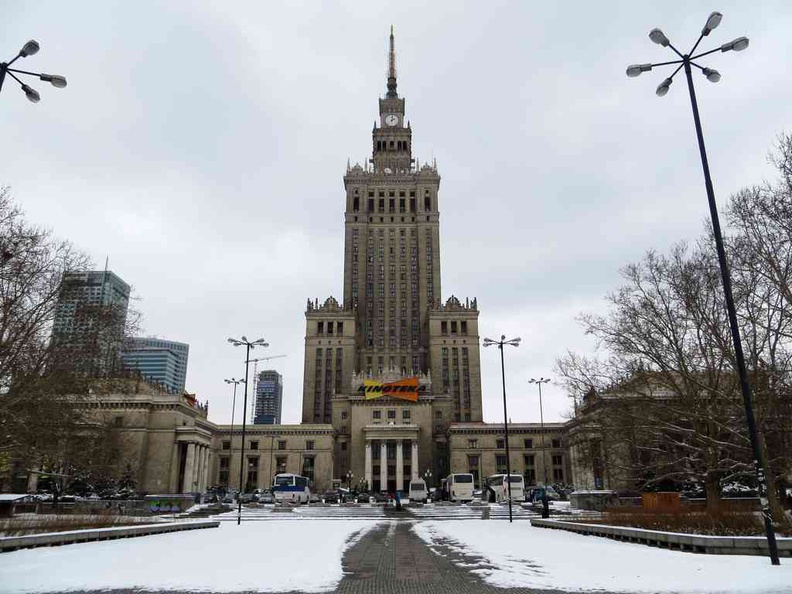
Geographically, the City of Warsaw is located with the vast Vistula River running through it. It sits roughly 260 km from the Baltic Sea. Warsaw city transport is well served by buses, underground subway and an overground trams.
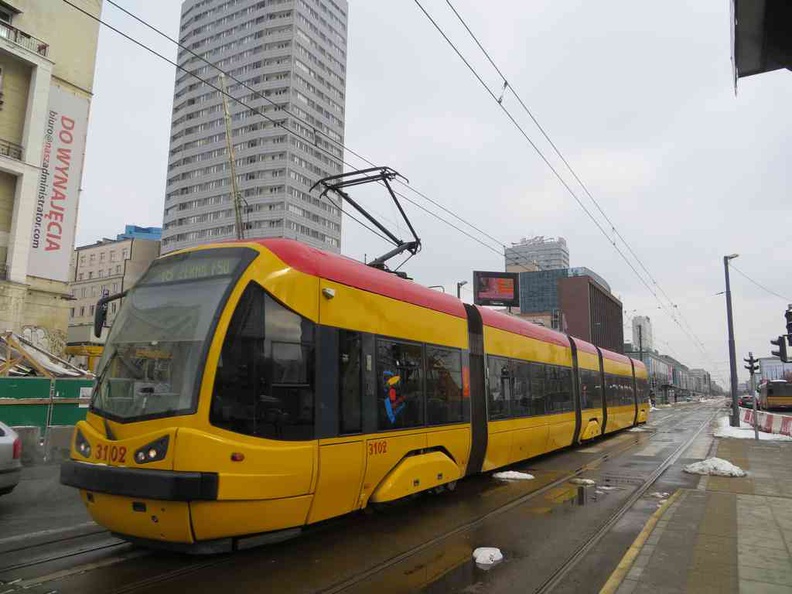
Also, if you plan to travel around Warsaw often, I would recommend a 3-day short-term travel ticket (36 zł) if you plan on unlimited travel in the city during your stay. A single ride ticket costs 3.40 zł. The main central (Centrium) city area is the heart of the city of Warsaw. Here, transport lines convene, including connection to Warsaw airport.
A city rebuilt
Most notably, during World War II, central Poland, including Warsaw, came under the rule of a German Nazi colonial administration. Also, Warsaw suffered during the Second World War (WW2). There was the 1939 Siege of Warsaw, followed by the 1944 Warsaw uprising. The uprising was a major World War II operation by the Polish underground resistance to liberate Warsaw from the Germans. The aftermath of these wars was a city sea of rubble.
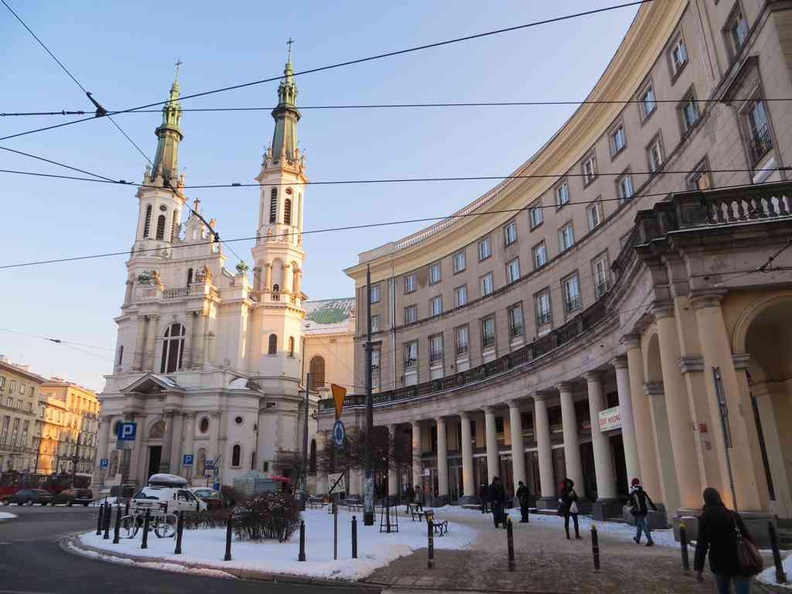
Following that, with 85% of the city’s buildings destroyed from extensive bombing by the end of WW2, Warsaw was painstakingly rebuilt. Hence, Warsaw is also known as the “Phoenix city“. Having survived and risen from many instances of destruction throughout its war-torn history.
Night shots of the PGE Narodowy stadium with Świętokrzyski Bridge in view.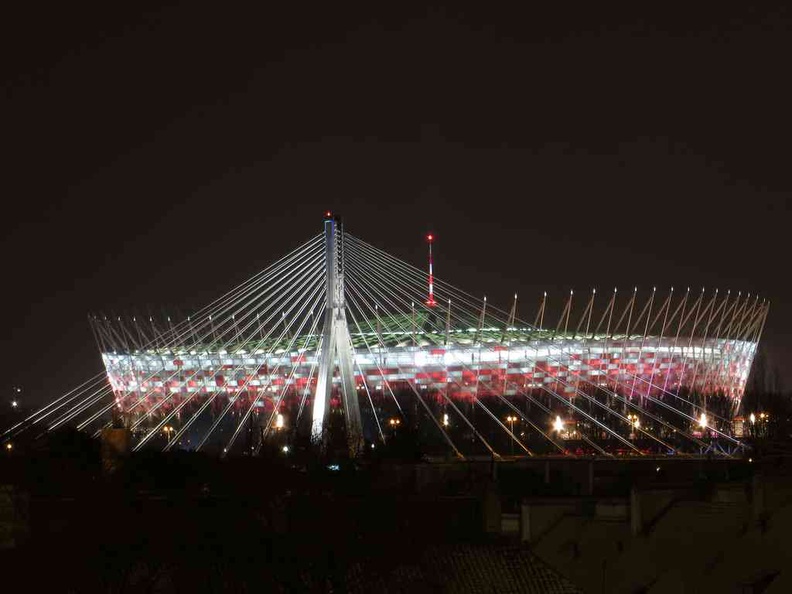
Hence, almost every building in Warsaw you see are relatively new, with ages not exceeding 70 years. Also, the destruction means do not expect to find many historical buildings in Warsaw City today. There is a blend of post-war old and modern structures like the PGE Narodowy stadium, and the modern Świętokrzyski Road Bridge. Both which you can view from the city center.
Old town and Royal Castle in Warsaw
Furthermore, the Old Town area is home to Zamek Krolewski, a Royal Castle and Warsaw’s old Castle square. The castle was the royal residence that formerly served as the official home of Polish monarchs through the centuries. You can find it at Castle Square in the Warsaw Old Town. Here, you can also explore the Old Town and market square, a UNESCO World Heritage Site.
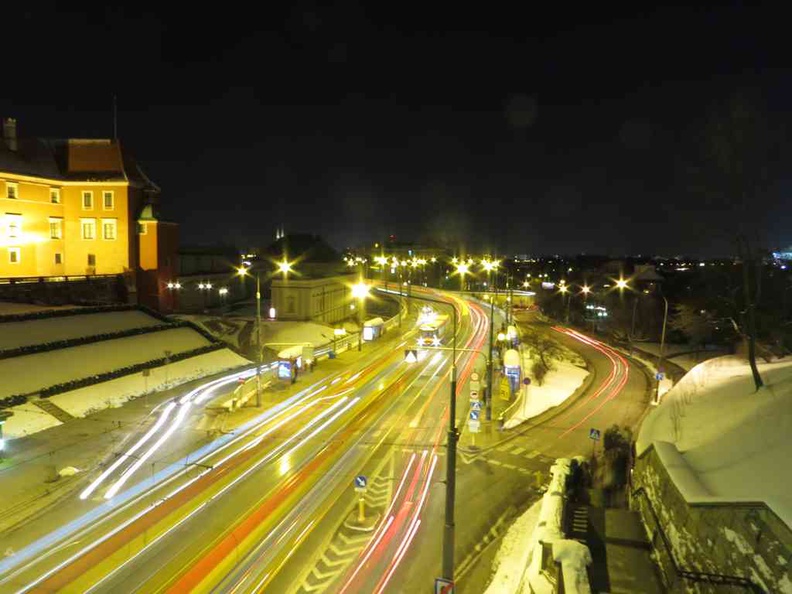
Also, this Historic Centre of Warsaw is home to the Warsaw’s Plac Zamkowy night market. Do come here at night to browse the various markets hawking carnival food, meals, drinks, flowers and souvenirs. Otherwise notable things to check out here is the Golden Terraces shopping centre, also known as the Zlote Tarasy.
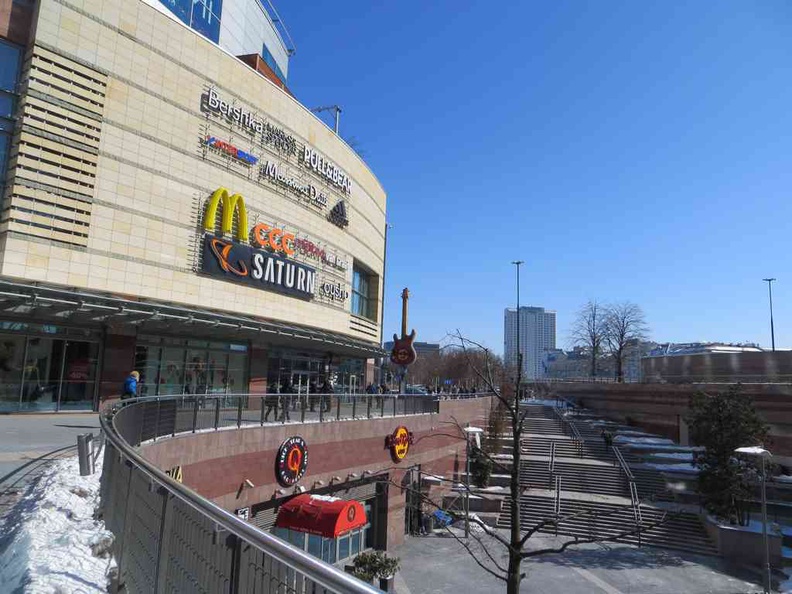
Warsaw Museums
Moreover, Warsaw is home to a number of notable museums covering arts, culture, as well as its war-torn past during WW2. A recommendation be the Uprising museum. It covers the battle of Warsaw during the post-war uprising and how it came about.
Also, Gestapo Headquarters Museum, also known as the Mausoleum of Memory of Martyrdom is a must see for anyone traveling through Warsaw for its historical significance. The museum at Szucha Avenue used to be the Headquarters of the Gestapo (Geheime Staatspolizei) Nazi Secret State Police, distinctively identified by their SS-logos. The Gestapo HQ is the most feared address in Poland.
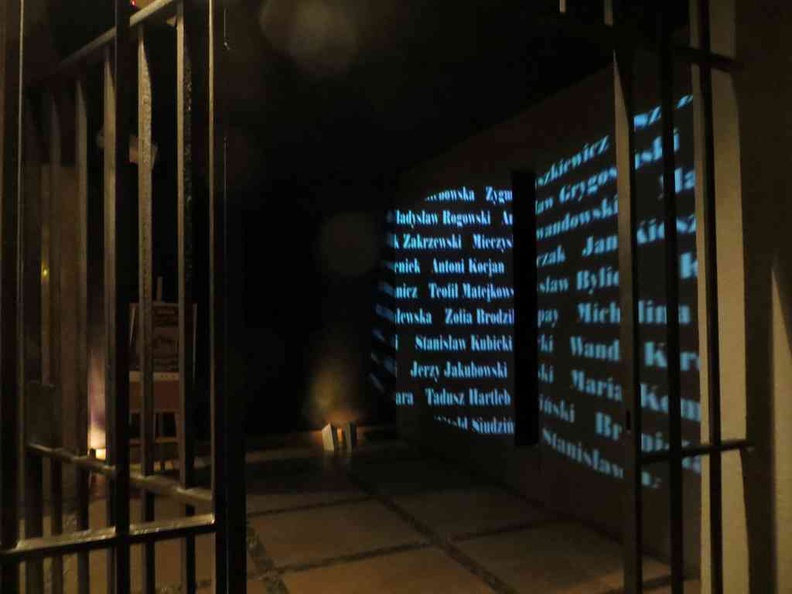
Moreover, the Polish Independence Museum is one covering the History of Polish Independence and Social Movements. It was established on 30 January 1990 situated at the former Przebendowski Palace. It covers the history of Polish battles and aspirations for independence from the 1794 Kościuszko Uprising to the present.
Federick Chopin museum
On a more lighter note, another museum worth checking out is the Museum of Fryderyk Chopin, also known in short as the Chopin museum. You can find it along Okólnik Street in the heart of old town Warsaw in the 17th century Ostrogski Castle. The museum is a dedication and celebration showcase of the works of famed Polish music composer Frédéric Chopin.
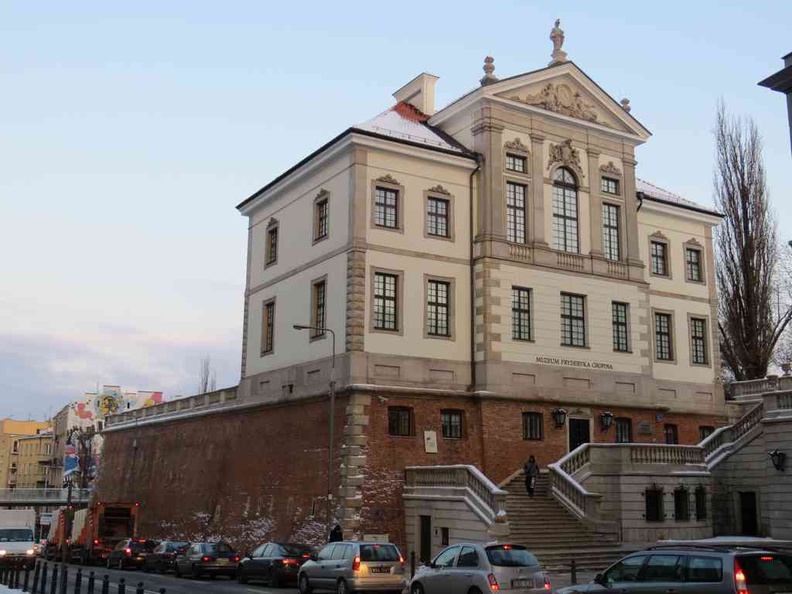
Moreover, the Chopin museum was established in 1954 after World War 2, operated by the Fryderyk Chopin Institute since 2005. Also, the museum, sized like a residential house is one of the most modern museums in Poland. 15 exhibition halls via five levels of exhibition space presents the museum collections in a free to explore environment. Museum tickets cost 22 zł per adult and is open from 11am to 8pm daily.
Also, it houses mostly collections headed by curators Karol Szymanowski, Józef Beck and August Zaleski. They had begun amassing a collection of Chopin’s works since 1935. Moreover, the Fryderyk Chopin Institute oversee the museum’s curation and manages publications, organization of concerts, conserving the physical and artistic Chopin heritage.
Additionally, the museum was upgraded in 2010, coinciding with Frédéric Chopin’s 200th birth anniversary. The upgrade saw the inclusion of several multimedia elements in the Museum. Examples include interactive music booths and floor sensors to play music.
Nature at Łazienowski park
Moreover, a nice quiet green public space to visit during your stay in Warsaw is the Royal Łazienowski park and museum. Łazienki Park is known as the “Baths Park”, “Royal Baths” or “Palace on the Water”. It is the largest green park in Warsaw, Poland. It occupies 76 hectares within the Warsaw city center grounds in Warsaw’s central district (Śródmieście) on Ujazdów Avenue
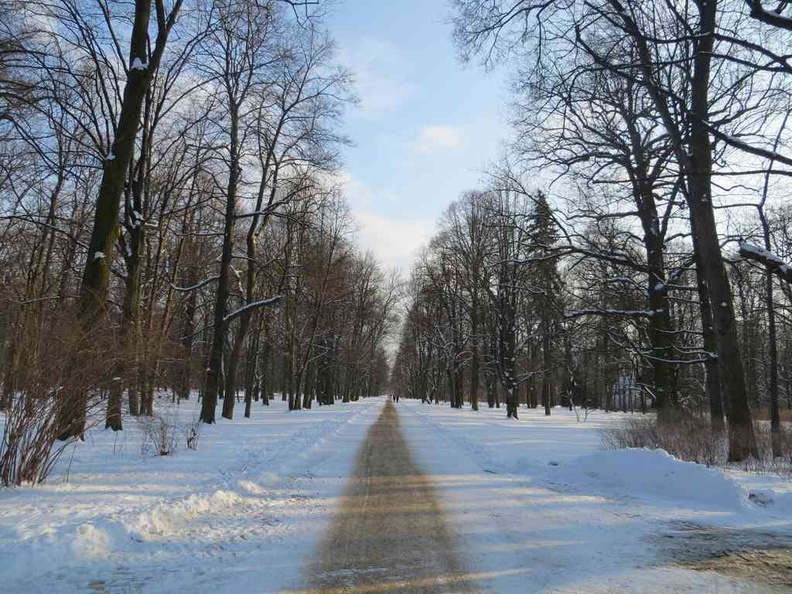
The floating Palace
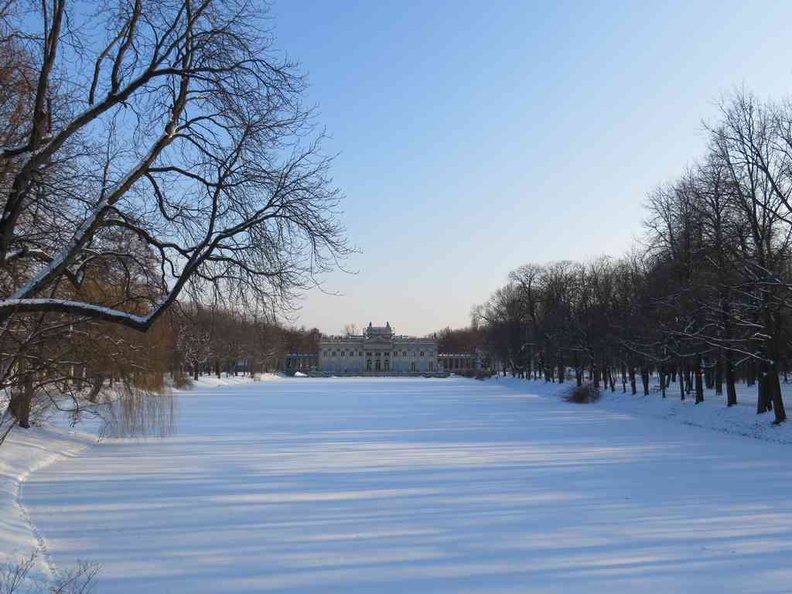
In-addition, you can get there via the over ground buses 3km away from Świętokrzyska main central station. Also, Łazienowski park is a large garden with the highlight being its “floating” palace, also known as the Palace on the isle.
A quiet and tranquil park
Also, the park is remotely located in a lightly forested area. It is accessible via a small road with an inconspicuous front gate. It is part of the “Royal Route” linking the Royal Castle with Wilanów Palace to the south.
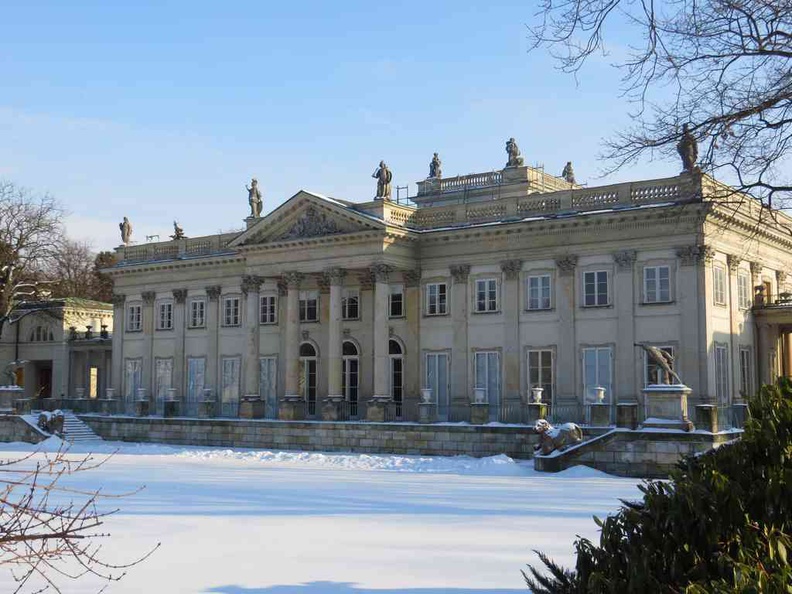
Additionally, the park-and-palace complex central Lake (Stawy Łazienowski) is quite a visual spectacle. Also, Łazienki was officially designated a public park in 1918. It is popular with tourists all over Poland and is a venue for culture, music, and the arts. Also, the park is also home to peacocks and a large number of resident squirrels.
Moreover, north of Łazienki Park, on the other side of Agrykola Street, stands the Ujazdów Castle. The castle was originally designed as a bath park in the 17th century for nobleman Stanisław Herakliusz Lubomirski. Henceforth in the 18th century, Łazienki was transformed by then Poland’s King Stanisław August into a its current setting. Now you can find palaces, and assortment of villas, classicist follies, and monuments. Łazienowski Park has opening hours of 9am to 6pm daily.
All in all, Warsaw, the capital of Poland is one of culture and resilience. Also, another Polish city worth visiting is Kraków, the official capital of Poland until 1596. It is amazing how the city rebounded and rebuilt within less than half a century following major wars in the city. That on its own is the strength of the Poles at its heart as their city.


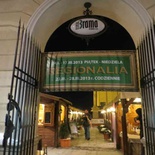
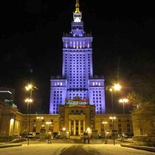
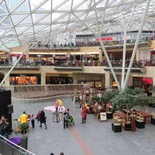
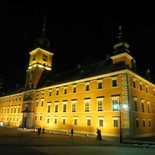

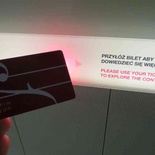
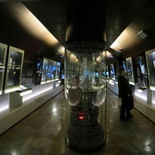
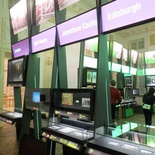
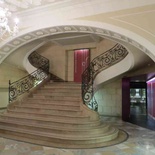
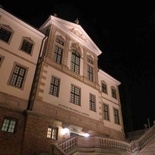
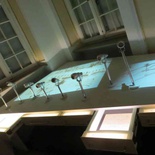
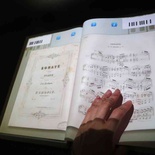
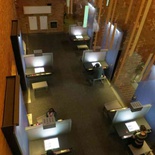
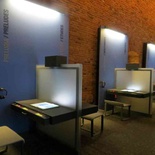
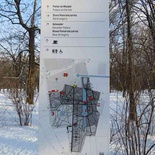
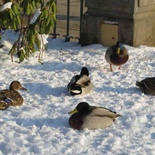
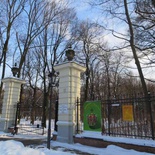
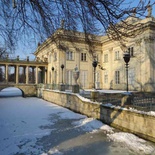
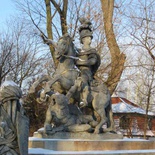
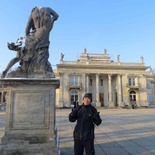
[…] Krakow, Poland is a city of history, culture and is one of the oldest cities in Poland. Let’s visit the city of Krakow in Poland. Sitting second-largest in size to Warsaw, Krakow is home to a population of about 800 thousand and was the official capital of Poland until 1596, where it is handed over to Warsaw. […]
[…] perspective. It is also one of the better war museums in the city too in the Wola district in the Polish city of Warsaw. Entry costs 25 PLN per person for an adult ticket, 20 PLN with a student discount ticket. The […]